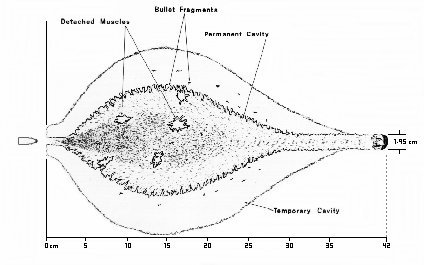DOLPHIN TALK
It is often said we miss the most important things in life simply because they lie right beneath our noses. Keeping that in mind, I submit that perhaps men's search and yearning for intelligent life should shift its focus away from the infinite stretches of the universe and instead to our own oceans. After all, only a fraction of our oceans have been explored, and even less of it is completely understood.
I call for a shift in our search for intelligent life on the heels of a fascinating article published this week. In the article, which can be seen in its entirety here, Virginia Morell explains how recently it was discovered that when dolphins communicate with each other, they are capable calling each by "names, a trait until this time reserved solely for human beings.
Dolphins are well known for being pretty and majestic creatures often seen in zoos or water boat tours, heck they have even been the stars of movies, Flipper and Dolphin Tale. While dolphins are easily recognizable, it is important to establish certain facts about them. 1) They are marine dwelling mammals, similar to whales but they ARE NOT whales. 2) Since they are mammals they do not have gills like fish and instead must come to the surface to breathe air through their aptly named blow holes. 3) Also they are warm blooded, give live birth, and travel in groups called pods. 4) Dolphins are intelligent and social animals who have their own form of communication known as echolocation or biosonar in animals.
It is through echolocation that dolphins have are able to communicate and interact within their pods in such intricate and almost human ways. Dolphins care for each other, help their sick, watch each other's young, and eve search for lost members of their groups. All of these actions seem rather intelligent, but it the discovery recently that in a group each particular dolphin has their own specific sound and frequency that is used to identify themselves. While this is not necessarily ground breaking in the animal kingdom, it is the fact that other dolphins who are socially connected are able to call out each others "names". What is even more impressive is that dolphins can then take the name of another dolphin, repeat it, and then add additional notes and varying frequencies to indicate some sort of message.
This discovery is very exciting simply for the fact that no other organism that we know of on earth is capable of communicating this way except for humans. Even chimps who are genetically the most related to human beings, only recognize certain sounds for certain objects or predators. Additionally research has shown that these sound recognition are not learned names for things as in the case of dolphins or humans, but rather inherited behavior.
Research continues to see if dolphins language can be further understood, and to see if it possibly even more human then it already seems. While we are so busy looking for intelligent life in space, we should be prepared for the possibility that we may not be the only conscious beings on this planet. Or if you have read the Hitch Hiker's Guide to the Galaxy trilogy, perhaps the answer to intelligent life in space is actually Dolphins on Earth...
Bryan Cohoon (4)




















